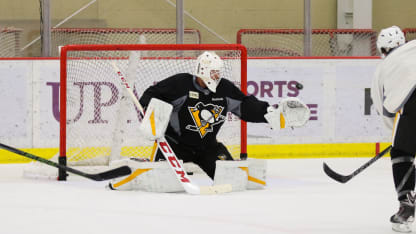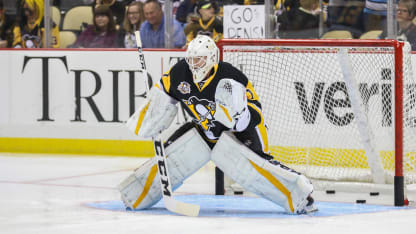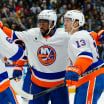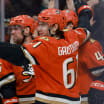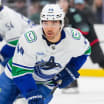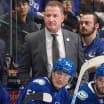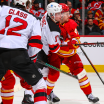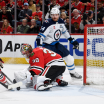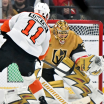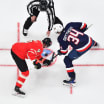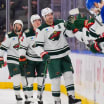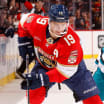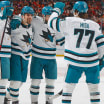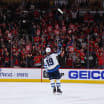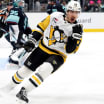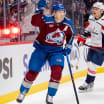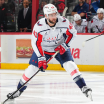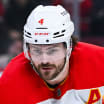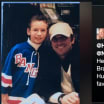They also are learning doesn't just mean juggling in their spare time.
Carolina Hurricanes goaltender Eddie Lack was on his laptop computer Wednesday night in his hotel room, preparing his eyes for a start against the Calgary Flames on Thursday.
Lack was introduced to the next wave in sports vision training by Josh Tucker of Minnesota-based True Vision Sports, which was brought in to test and train the eight NHL-contracted goalies taking part in the NET360 goalie camp in Kelowna, British Columbia, during the summer.
Lack didn't find any vision deficiencies, but he still saw an immediate benefit from the training. He scheduled follow-up work with Tucker, purchased a vision training device for his home and changed his warmup procedure, dropping pregame soccer in favor of juggling and other ball drills.
"I feel like it's made a big difference," said Lack, who logs into an online program to do his eye exercises when the Hurricanes are on the road. "It's easier at home, but the computer program is good too, and then I have a video with different tennis ball drills and juggling from Josh."
Lack wasn't the only goalie at the NET360 camp who noticed an improvement. Tucker and former National Women's Hockey League goalie Chelsea Laden started by testing each goaltender for four types of vision tasks: convergence (how the eyes move with an object coming at them); divergence (widening that focus to see a bigger picture); accommodation for vertical movement; and tracking to see how the eyes moves while following an object through a variety of movement patterns.
"It was kind of funny, we were hoping we maybe had a flaw in our vision because then we could correct it and be better," said Chris Driedger of the Ottawa Senators. "I have done eye testing before, but not going as far as things like divergence and convergence, which is key for goalies."
Like Driedger, a lot of the goalies at NET360 had done some form of vision training and testing previously. A handful of NHL goalie coaches make it a priority for every new goalie that comes to their team. But even among that group, goalies at the NET360 came out of their first training sessions with Tucker and Laden feeling a little sore around the eyes. Just like the body aches after a workout, it's a sign those muscles were not used to working the way they optimally should.
